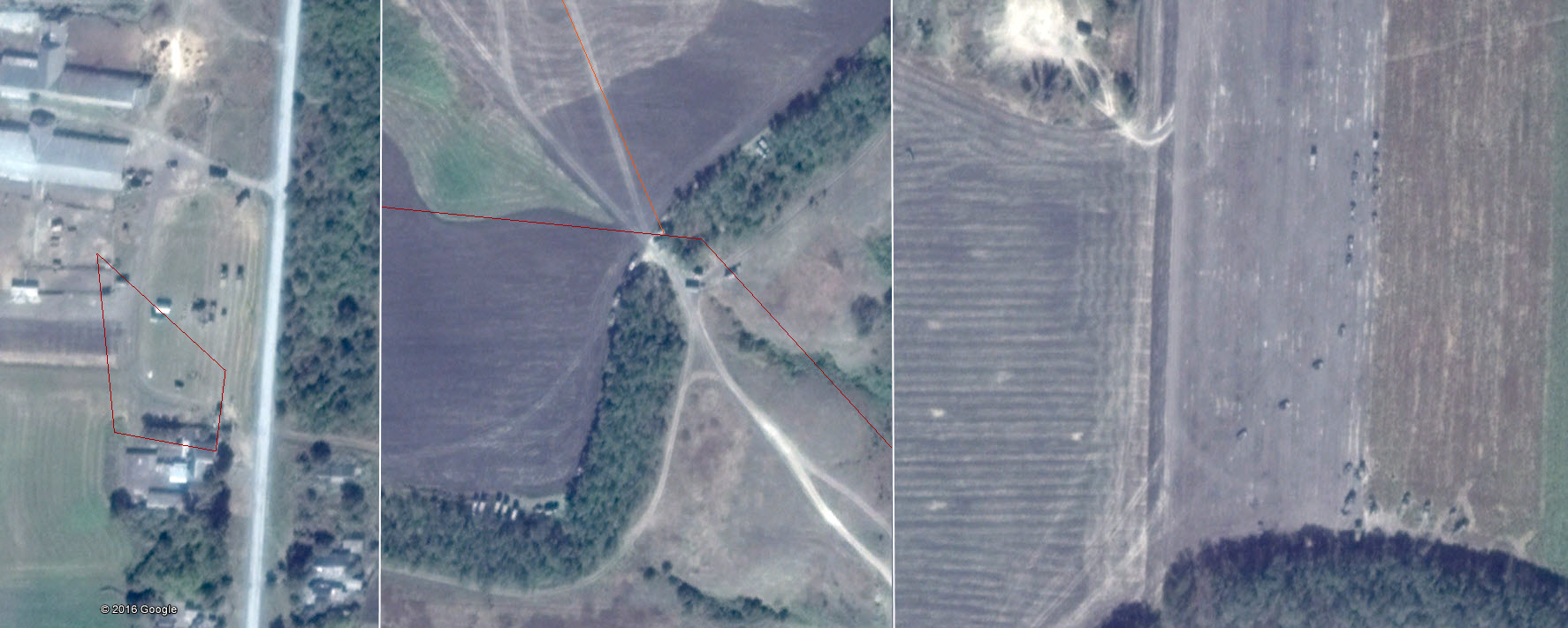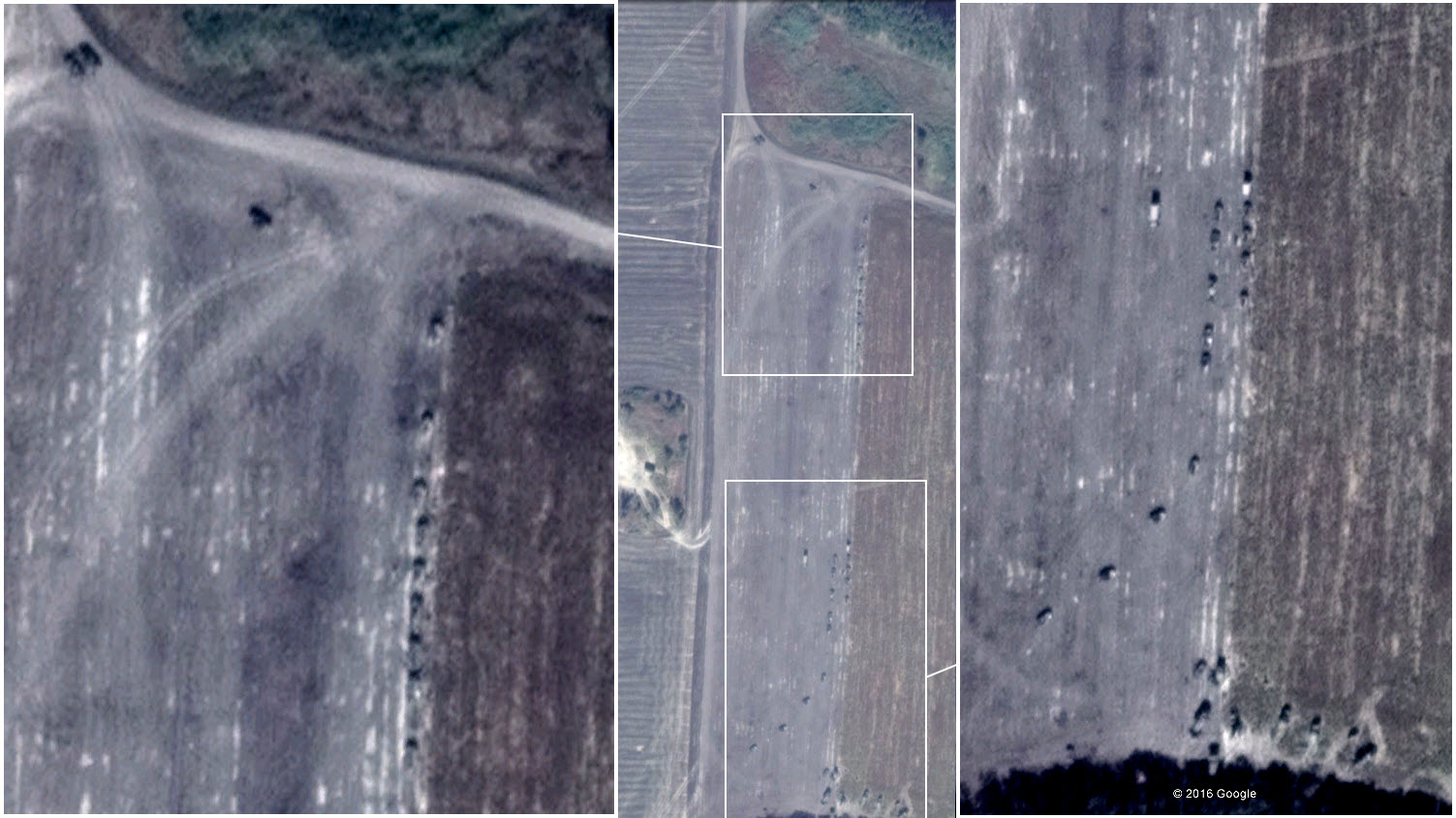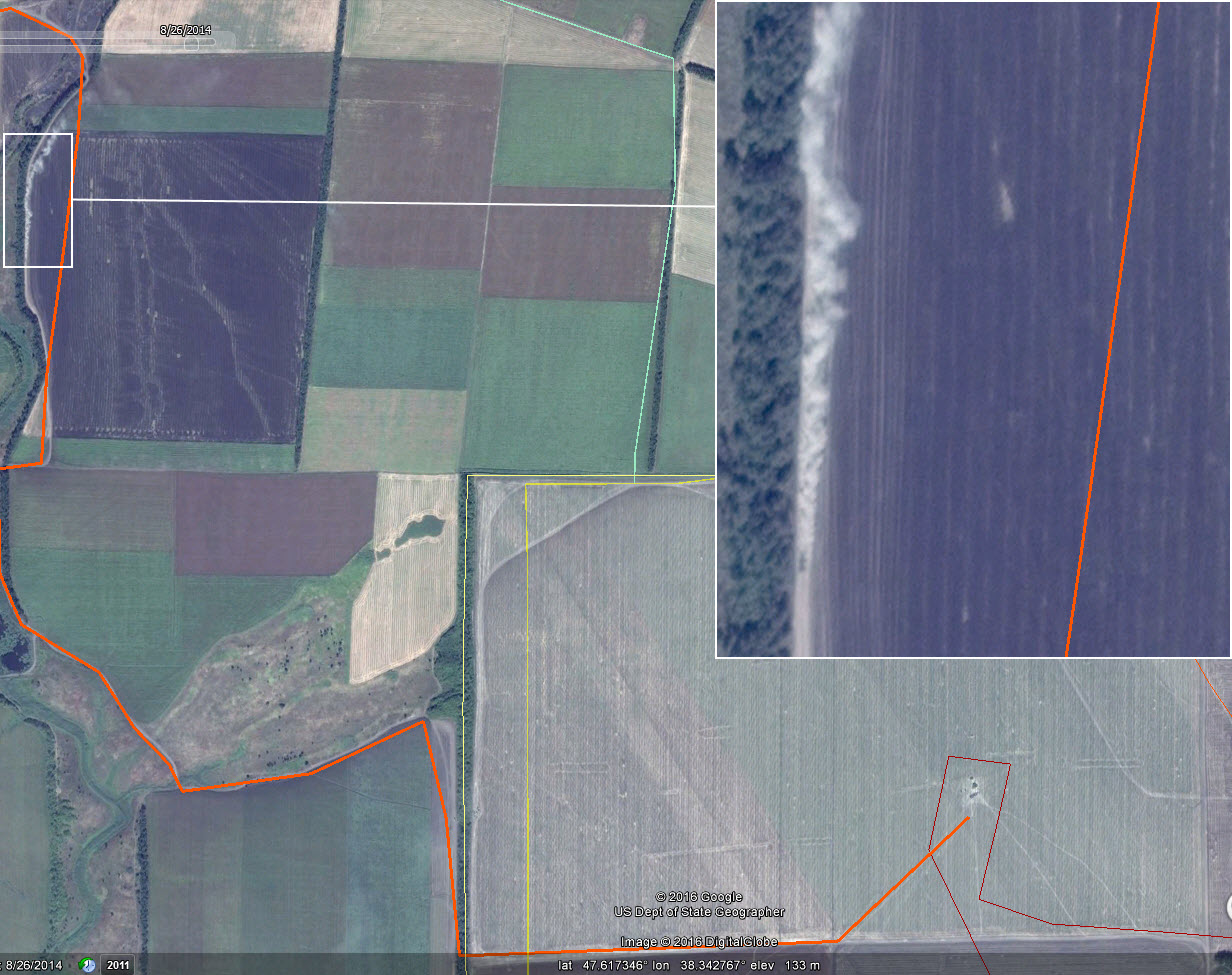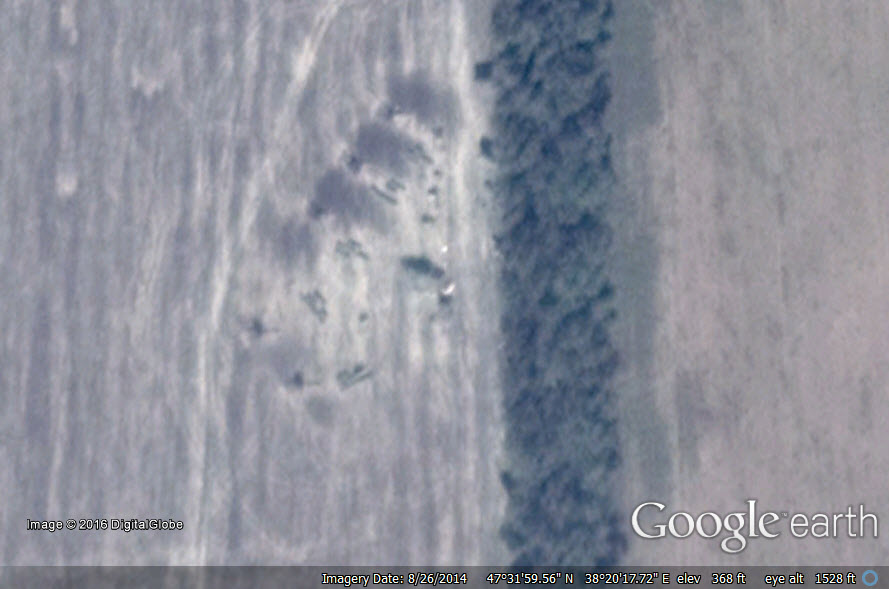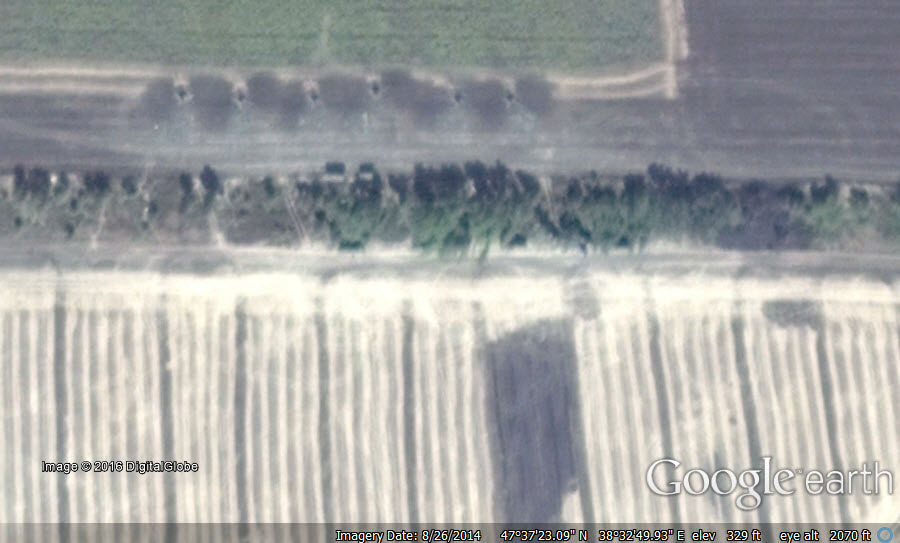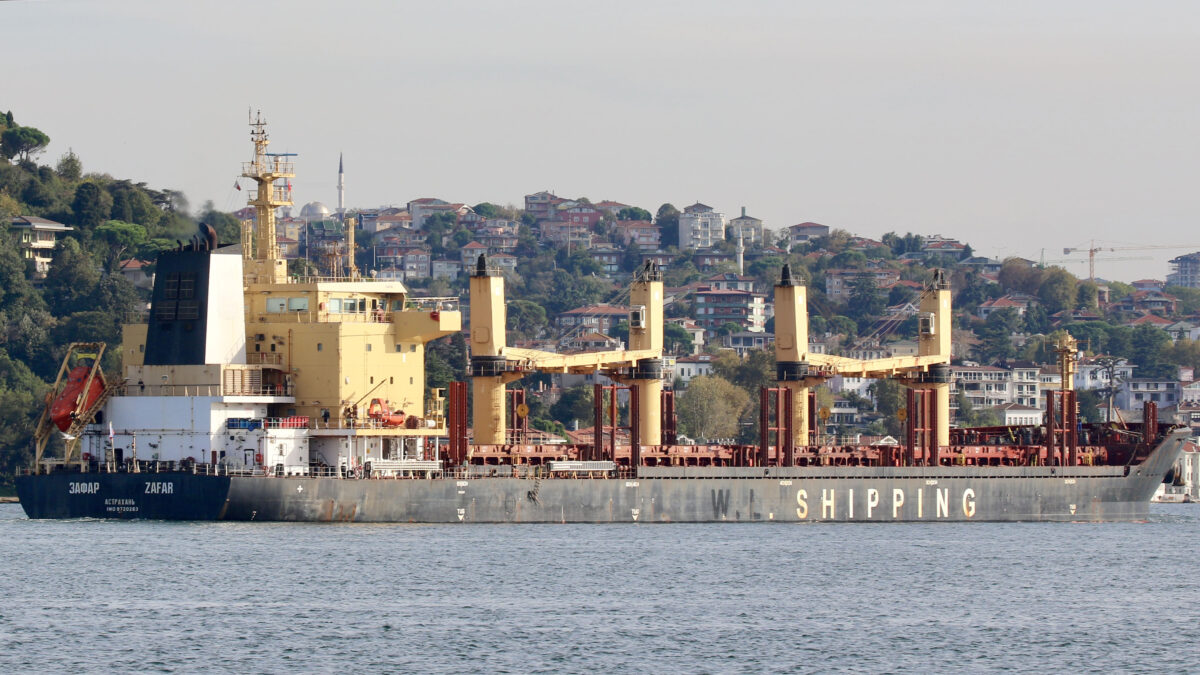Russia Ante Portas: Updated Satellite Imagery Shows Border Crossings and Artillery Sites
Google Earth has recently added updated satellite imagery at the Russia-Ukraine border for August 26, 2014, near the height of Russian intervention in Ukraine. These satellite images show the deployment of Russian military vehicles and artillery positions, along with newly-created paths into Ukraine. The timing of this satellite imagery coincides with a major surge in Russian activities in Ukraine near the border crossing points, including the sightings of Russian servicemen in a village about a dozen kilometers from the border crossing point.
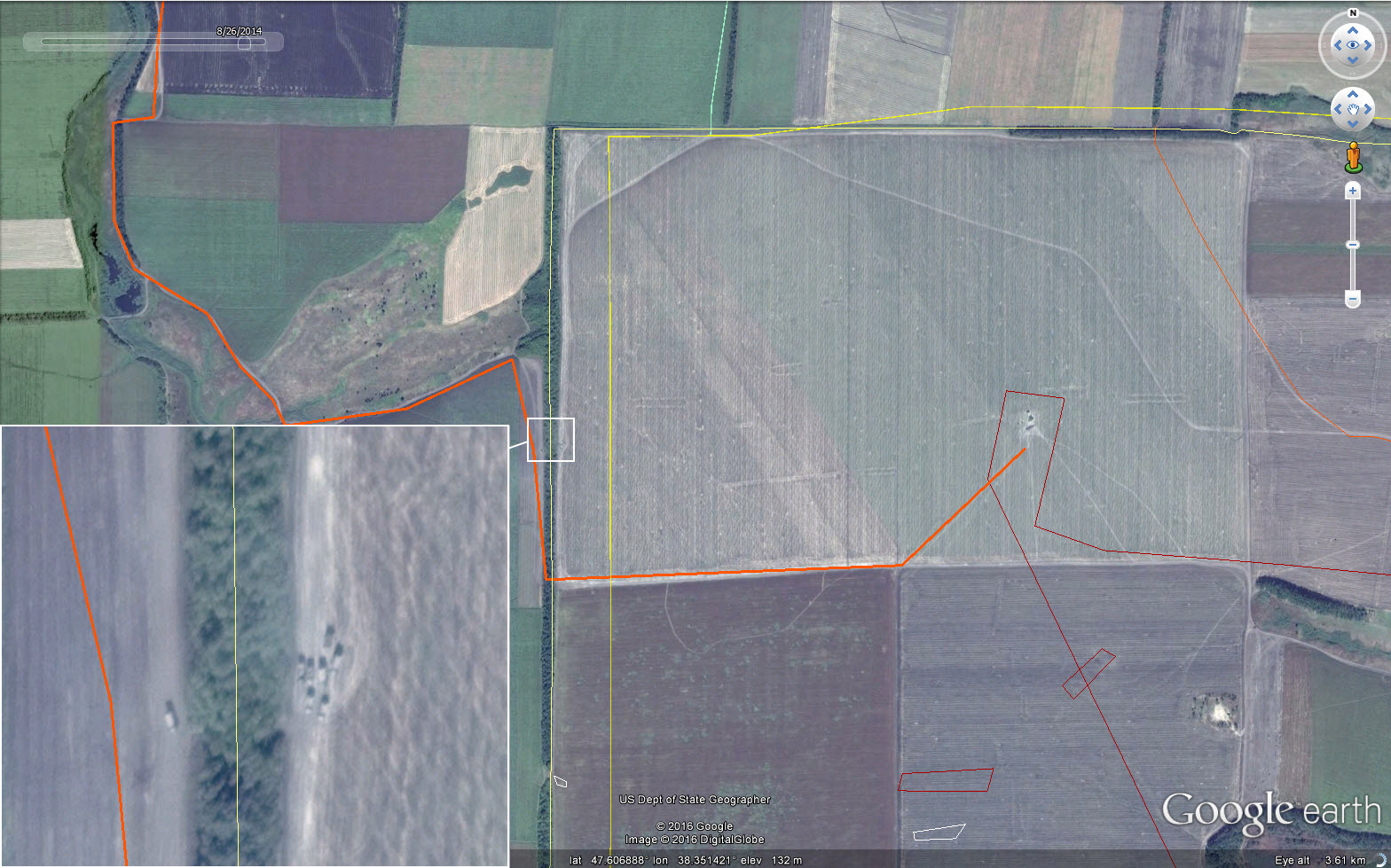
Figure 1: The orange line marks cross-border vehicle paths which did not exist in satellite imagery from August 23, 2014. The yellow line marks the Russia-Ukraine border, according to Google Earth. The line along the treeline is the more accurate representation of the border.
Figure 1, seen above, shows vehicles at the border location of 47.608336, 38.350813, near the Ukrainian villages of Kumachove and Ulyanivs’ke. The worn path from Russia into Ukraine, seen as an orange line above, did not exist in the August 23, 2014 satellite imagery on Digital Globe (see Figure 35 here), indicating that it was created between the afternoon of August 23 and 26. Reuters reported on August 26, 2014 that dozens of “unidentified, heavily-armed strangers with Russian accents” appeared in a village 14 kilometers northwest of this border crossing point. These men, wearing white bands on their arms and legs, brought military ration packs with them and military equipment with their identifying marks painted over with white circles, and were unfamiliar with the area. Soldiers with white bands on their arms/legs and Russian tanks with obfuscating marks are long-established symbols of Russian intervention, best described by Askai707 in his research. The white circle was used specifically by Russia’s 6th Tank Battalion. An example of two findings from Askai are seen below in figures 2 and 3. In the first, Askai707 demonstrates how Russian servicemen were located in Ukraine near a village that was captured by Russian/separatist forces on August 30, 2014. In the second, he shows how Russian tanks were painted with white circles in Russia before being deployed into Ukraine, where they were photographed on the battlefield.
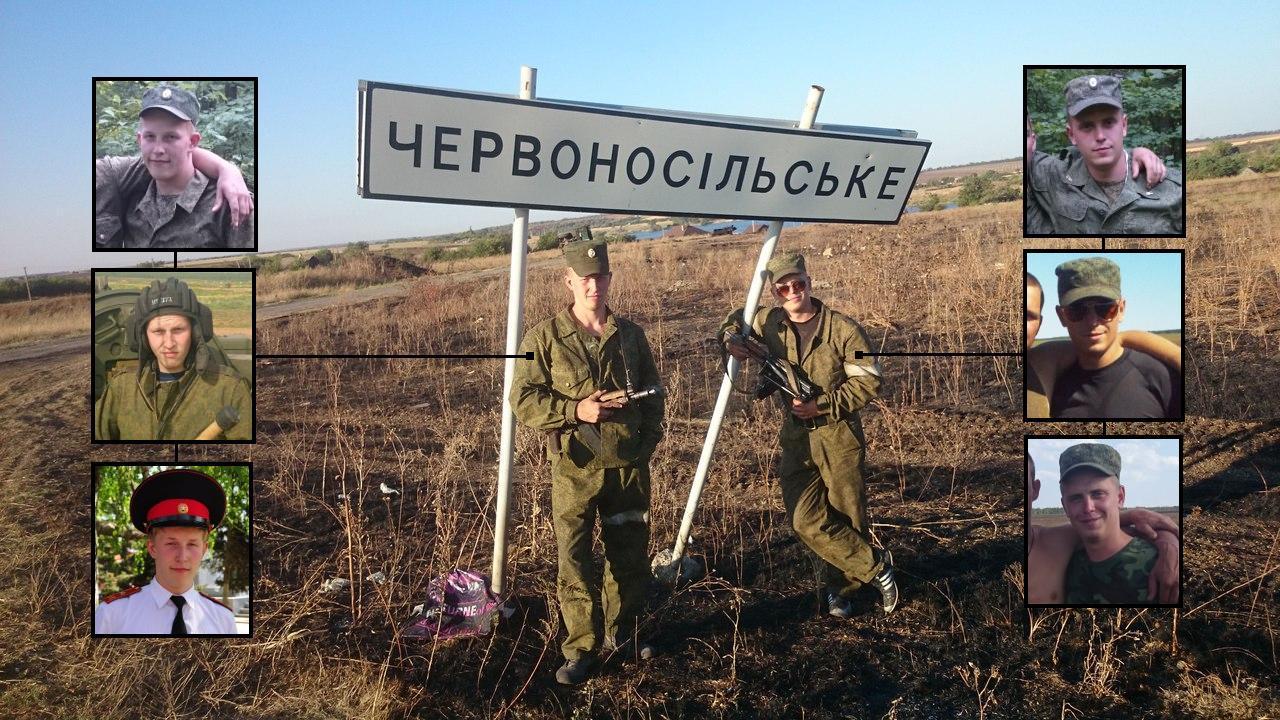
Figure 2: Russian servicemen Anton Dmitriyev and Roman Gromov at the Ukrainian village of Chervonosilske. For more information on these soldiers and their military activities in Ukraine, see “Russia’s 6th Tank Brigade: The Dead, the Captured, and the Destroyed Tanks (Pt. 2)“

Figure 3: Left: Destroyed Russian tank filmed in September 2014 on a battlefield south of Ilovaisk, Ukraine, with white circles.
Right: Russian tanks in September 2014 in Russia, with servicemen of the 6th Tank Brigade, with white circles at the same location. For more information, see aforementioned article on the 6th Tank Brigade.
Along with this incident, ten Russian paratroopers were captured in Dzerkal’ne, approximately 21 kilometers north of the border crossing in Figure 1, at about the same time as the Reuters report and the creation of these border-crossing paths. The ten Russian servicemen claimed that they got “lost” while on patrols.
Above, Figure 4 shows Russian military camps near the border, within Russia on August 26, 2014. These locations were described by Maria Tsvetkova in a Reuters article from August 28, 2014, in which soldiers had white bands around their arms and legs, and had military vehicles adorned with white circles. One soldier stated that he comes from Ivanovo, the home of Russia’s 98th Guards Airborne Division. On the left, at 47.594456, 38.401101, a camp is set up with tents, vehicles, and likely the medical camp that Tsvetkova described on August 28, 2014. The middle location, at 47.603747, 38.388093, and right location, at 47.599805, 38.378667, show the deployment of additional military vehicles closer to the border crossing.
Part of Figure 4 is seen above, with an array of military vehicles moving towards the Russia-Ukraine border.
The above satellite imagery shows a vehicle using the same border path in Figure 1, but inside of Ukraine. This imagery further illustrates how this border crossing path was heavily utilized after August 23, 2014, with this vehicle returning from near an active combat zone.
Newly-updated imagery shows how the border crossing path from the September 14, 2014 imagery was created. This path, located at 47.608262, 38.350483, did not not exist in mid-July 2014, was in the process of being created in late August, and was clearly visible by mid-September.
Along with a view at border traffic, the updated August 26, 2014 satellite imagery shows the deployment of Russian artillery systems pointed towards Ukraine, and the aftermath of artillery strikes with burned earth. The coordinates of each of the sites are visible on the bottom of each screen shot.
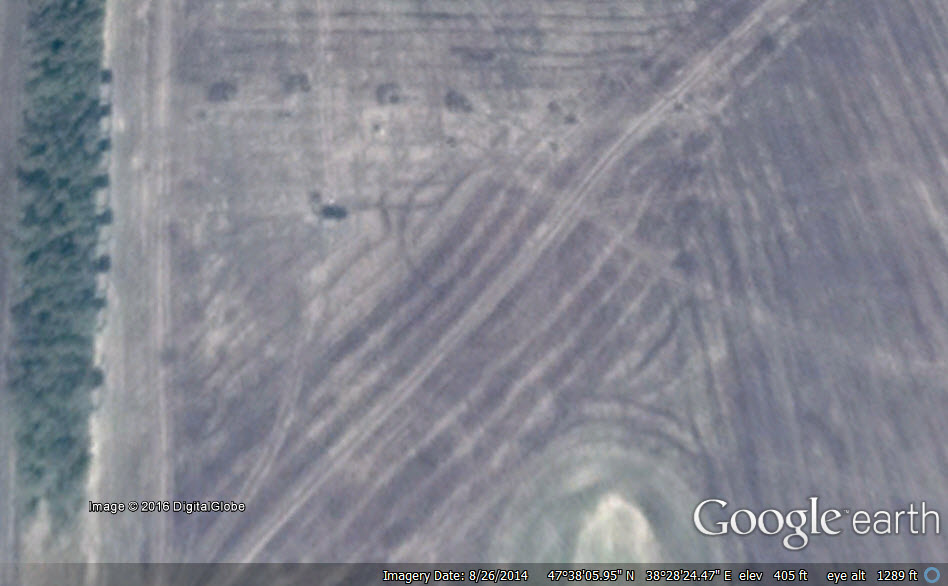
Figure 10: Artillery positions and military equipment (by the treeline) located 1 kilometer from the Ukrainian border.
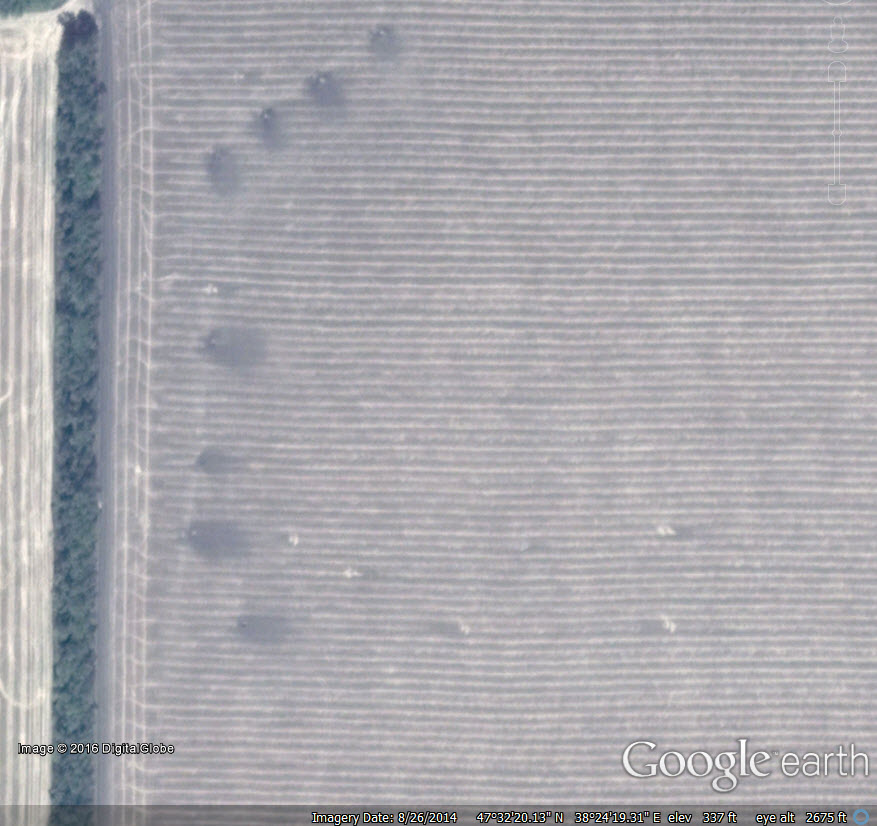
Figure 11: MRLS positions located approximately 5.8 kilometers from the Ukrainian border, pointing west and northwest.
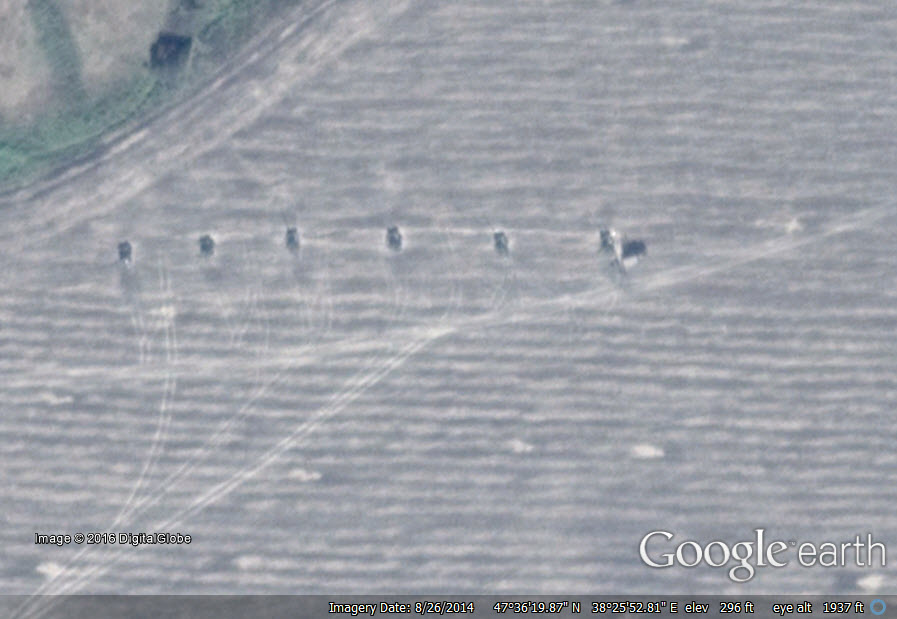
Figure 12: Artillery positions located 1.4 kilometers from the Ukrainian border, pointing north-northwest.
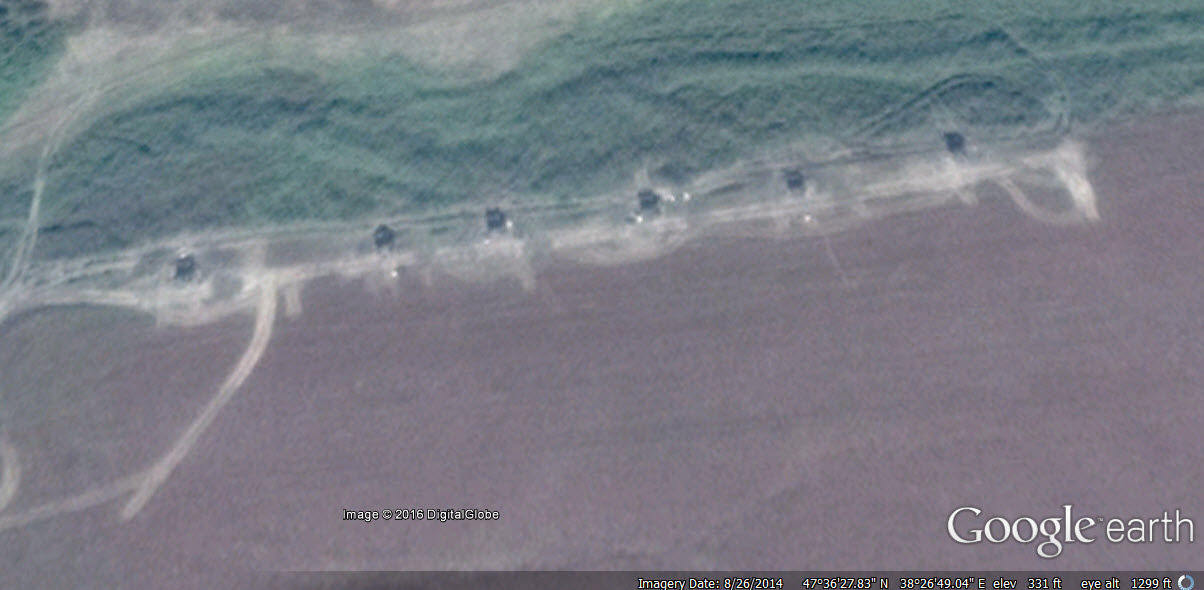
Figure 13: Artillery positions located 1.1 kilometers from the Ukrainian border, pointing north-northwest.
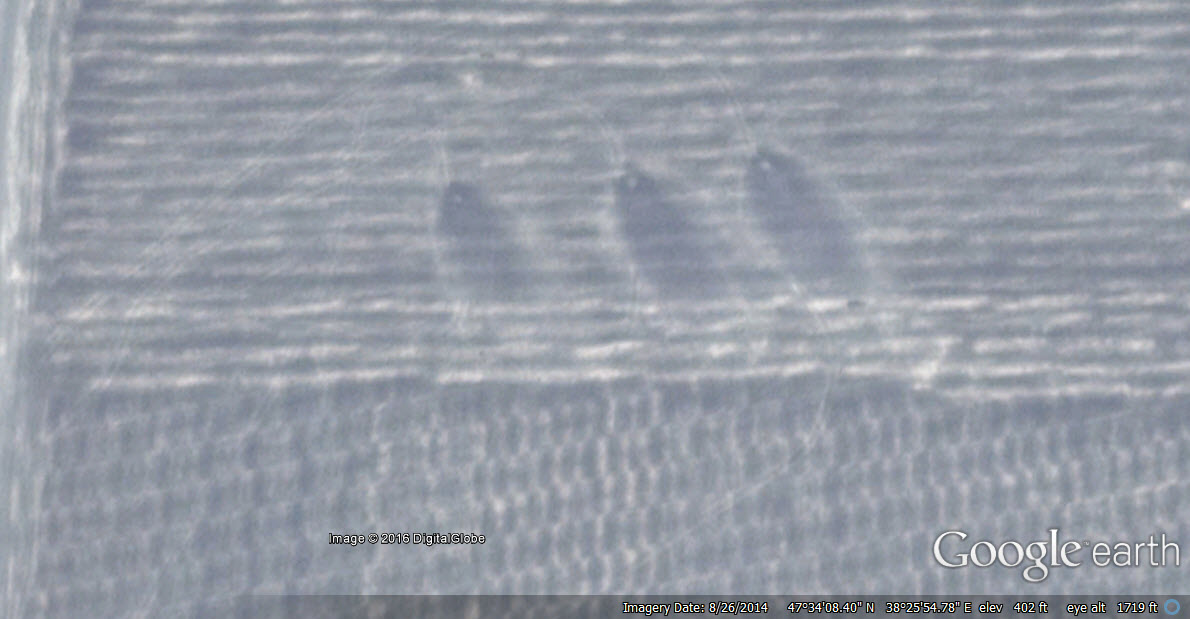
Figure 14: Site of outgoing fire pointing northwest without MRLS equipment present, located 5.5 kilometers from the Ukrainian border.
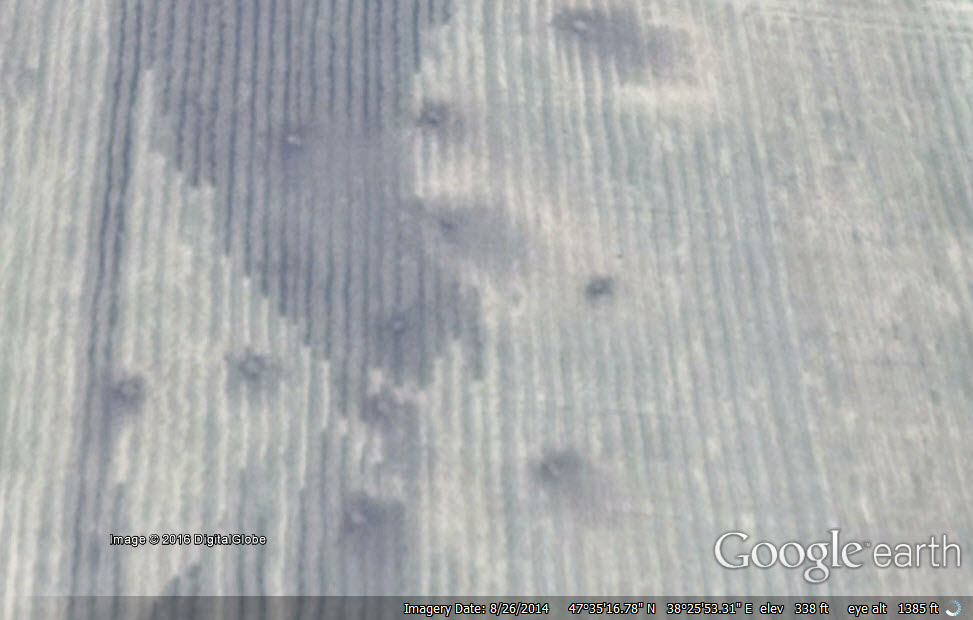
Figure 15: Site of outgoing fire pointing northwest without artillery equipment present, located 3.3 kilometers from the Ukrainian border.
Finally, a map of all of these artillery positions (red) and sites mentioned regarding border crossings (green) can be shown on a single map:
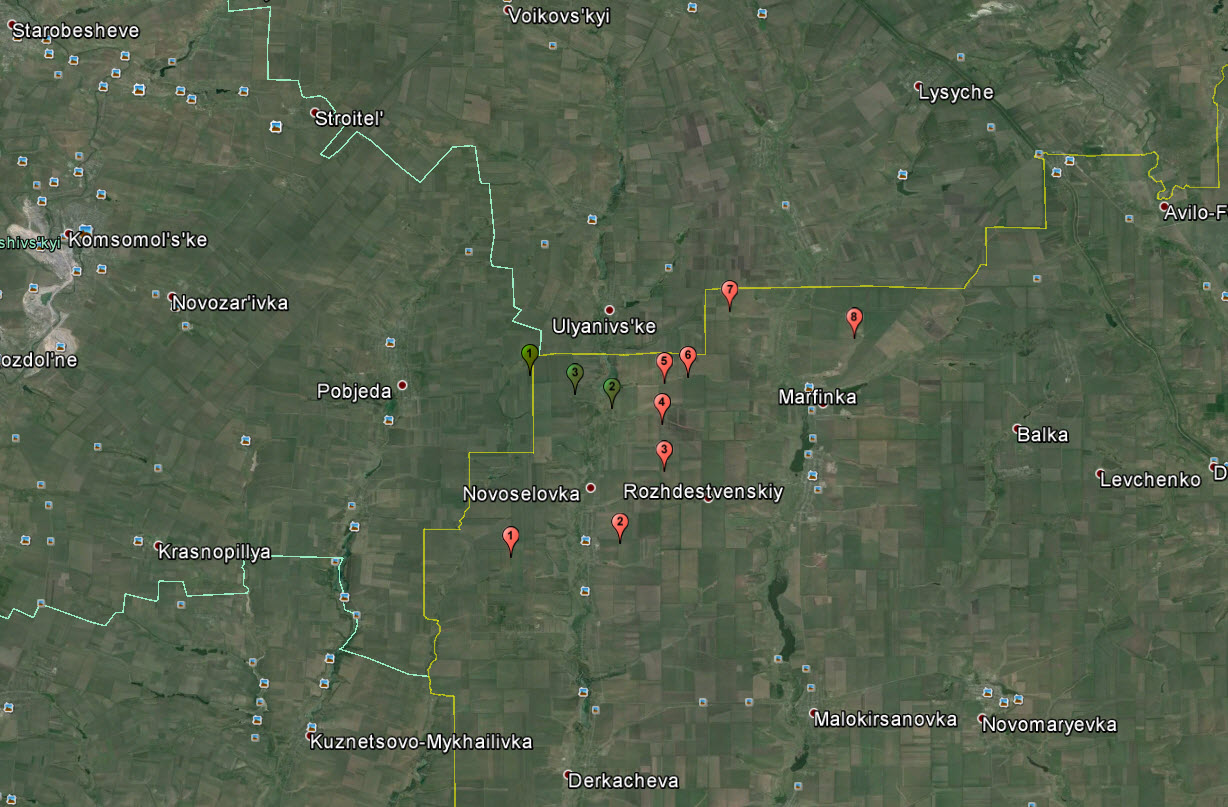
Figure 16: Artillery firing sites in red, and sites described in border crossings section of this post in green.
The August 26, 2014 satellite imagery from Google Earth allows us a closer view into the Russian invasion of Ukraine from two summers ago. The border crossing paths revealed in this imagery shows us the paths used for Russian and “separatist” offenses in late August, and possibly the paths used by the Russian soldiers described in August reports from Reuters. Previous Bellingcat research into “Russia’s Paths to War” can be found here. Additionally, the artillery firing positions give further proof of Russian shelling of Ukrainian positions from the summer of 2014, as described in a previous Bellingcat report.
